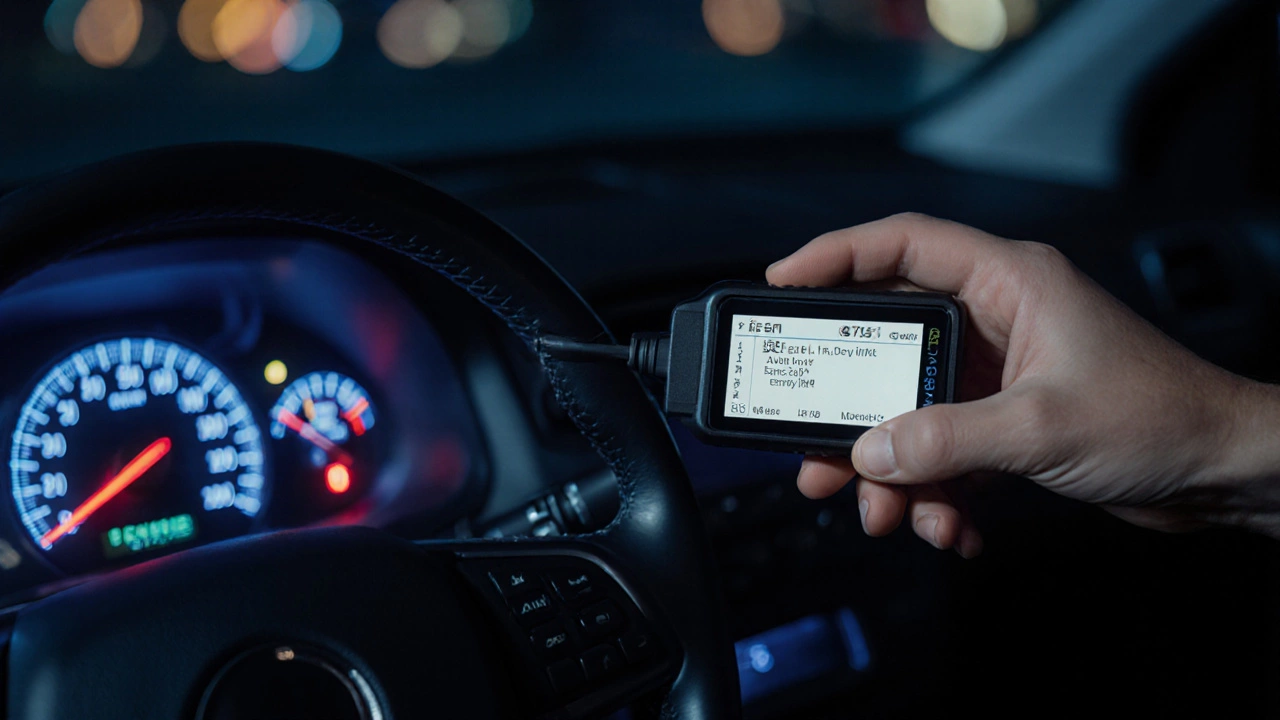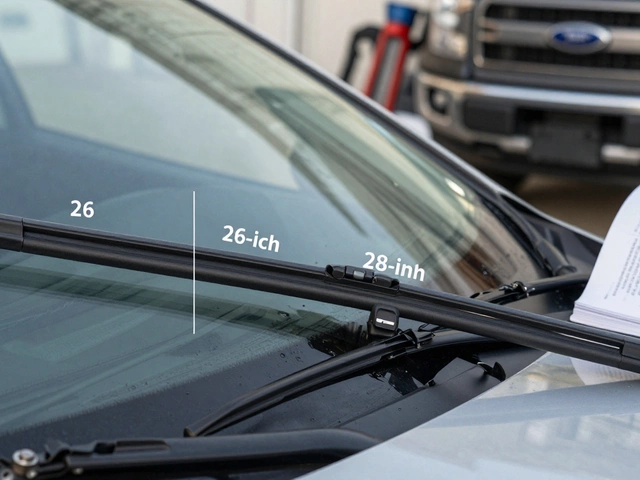Code Reader Diagnostics: What It Is and How It Helps Your Car
When your check engine light comes on, a code reader diagnostics, a device that reads error codes from your car’s onboard computer. Also known as an OBD2 scanner, it connects to your vehicle’s diagnostic port and pulls out the exact problem—no guesswork needed. This isn’t just for mechanics. Many UK drivers use these tools to avoid costly shop visits and catch small issues before they turn into big repairs.
Code reader diagnostics work by talking to your car’s OBD2 system, a standard diagnostic interface built into all cars sold in the UK since 1996. It doesn’t tell you the part to replace—it gives you a code like P0171 or P0420. From there, you can look up what that code means. Maybe it’s a loose gas cap. Maybe it’s a failing oxygen sensor. Either way, you’re not flying blind. These tools connect directly to the same systems that monitor your engine diagnostics, the real-time data stream from sensors tracking fuel mix, exhaust flow, and ignition timing. That’s why they’re so useful for spotting problems early—before your car stalls on the motorway or fails its MOT.
You’ll find that many of the issues covered in our posts—like failing fuel pumps, bad spark plugs, or worn brake sensors—often trigger codes that a simple code reader can catch. For example, if your car’s running rough and the check engine light is on, a code reader might show a misfire code linked to your spark plugs. Or if your emissions are off, it could point to a faulty catalytic converter. These aren’t random guesses. They’re real signals from your car’s computer. And knowing what those signals mean lets you decide: Can I fix this myself? Do I need a new sensor? Or is this something that needs a pro?
There’s no magic here. You don’t need to be a technician. You just need a basic code reader—some cost under £30—and five minutes to plug it in. Many modern ones even link to your phone and explain the codes in plain English. That’s why more drivers in Stevenage are skipping the guesswork and starting with the code reader first. It’s faster, cheaper, and way less stressful than pulling apart your engine hoping to find the issue.
Below, you’ll find real guides from drivers who’ve used code reader diagnostics to save time and money. From spotting a failing fuel pump before it leaves you stranded, to understanding why your car failed an emissions test, these posts show how to turn a flashing light into a clear action plan. No jargon. No upsells. Just what the code means—and what to do next.





